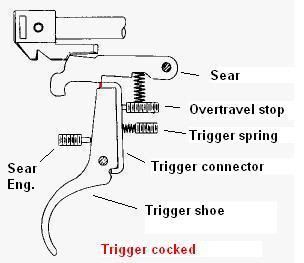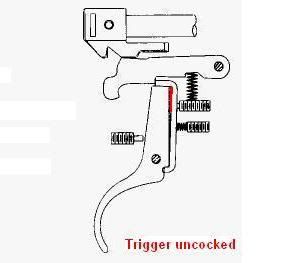Improving a design is sometimes looked upon as an admission of guilt that the previous design was defective rather than natural evolution of the design.
This is the essence of the problem. Particularly that in these days, lawyers don't sometimes look on it as an admission of guilt, they almost ALWAYS do!
A couple of decades (maybe more) ago, I was watching a show about airplane crashes. They interviewed a number of folks, including several in the companies that made planes and the things in them.
One guy they talked to, his company makes magnetos for the engines that go in light planes (Piper, Cessna, etc.).
He said, "whenever a plane with one of our parts in it crashes, we get sued. It doesn't matter why the plane crashed, we still get sued. One time they found a half empty bottle of Jack in the wreck, and the pilot's blood level was 3 times the legal driving limit. We still got sued."
He picked up a device off a shelf, and said, "this is an improved magneto design. Its better than the one we currently make. WE DON"T MAKE THIS! Our lawyers won't let us! They say that if we made the improved model, it would be a de facto admission that our previous product was
defective.
And that we would be sued as being responsible for the crash, because our part was "defective". Rather than constantly having to face that in court, and defend against it, we simply do not make the better product."
That attitude, and the legal system that fosters it is the root cause of the problem. We have heard, so many times, over and over how if something isn't as good as absolutely possible, right out of the gate, it is "defective" in design. Its not true (in most cases) but we hear it so much, we have come to accept the idea, and repeat it, without thinking.
There are actually differences between defects, flaws, inadequacies, failures, and malfunctions. The sad thing is how few people know what they are, and what terms are properly applied, when.
Are these people failing to use correct terminology? Or are these people
defective?



